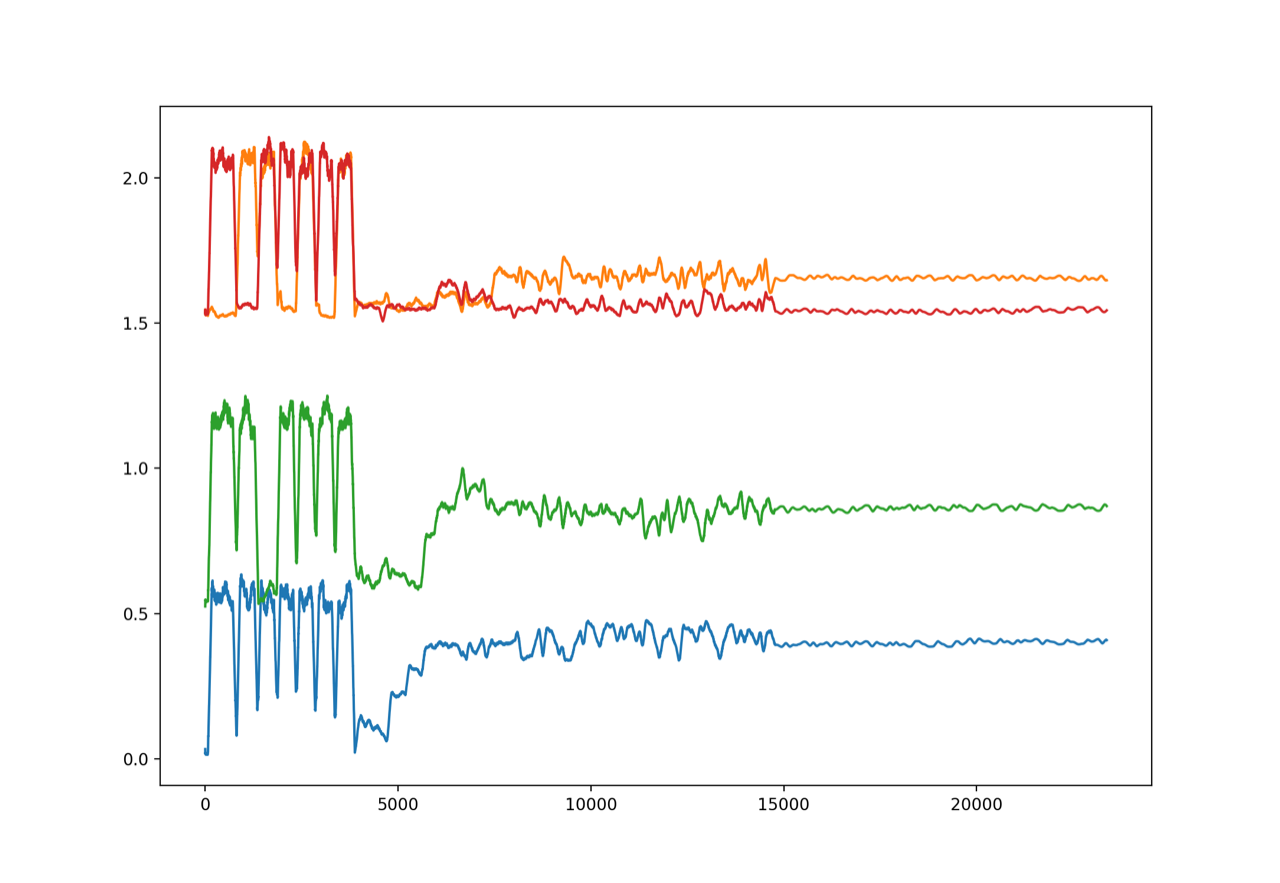Solving Conformal Field Theories with Artificial Intelligence
Quantum Field Theory (QFT) is the dominant quantum mechanical framework that we use to describe the fundamental interactions in Nature and to formulate models that capture the physics of complicated quantum many-body systems in condensed matter. Generic QFTs beyond the regime of weakly interacting fields and particles are poorly understood and cannot be treated fully with the existing methodologies.
Prof. Niarchos, and collaborators from the UK, have broken new ground in this long-standing problem in their recent work published in PRL. They deployed for the first time powerful techniques from Machine Learning and Artificial Intelligence in the context of Conformal Field Theories (CFTs) ---a general class of QFTs that describes the typical behaviour of a QFT at very short, or very long distances. Besides the key role of CFTs in many physical applications of Quantum Field Theory (for example, their role in the description of critical phenomena in condensed matter physics), CFTs are central in modern studies of String Theory, quantum gravity and black-hole physics.
Over the last decade significant progress has been achieved in the theoretical understanding of Conformal Field Theories using the ``Conformal Bootstrap'' idea. Roughly, this is the idea that one can solve a CFT by using mainly considerations of symmetry and consistency. In the last decade this idea has blossomed into a full-fledged programme with important successes, but also important limitations. One of the serious limitations in current implementations of this programme is the difficulty to apply the existing methodology to arbitrarily chosen CFTs. Typically, one runs the formalism on the basis of a few symmetry assumptions and lands on some special CFT, which may or may not be the quantum theory one wants to study.
In order to address this problem, Prof. Niarchos and his collaborators proposed the following strategy. In a CFT, the independent data of the theory can be formulated as an infinite discrete set of numbers that obeys an infinite set of complicated non-linear algebraic equations. Truncating this infinite set of unknowns and consistency equations into a finite subset allows us to put it on a computer and ask an `intelligent' algorithm to perform the following task: search the vast space of potentially CFT data and learn to identify those data that are consistent. Ideally, one would like an algorithm that can search efficiently in large parameter spaces and can be guided with minimal assumptions to a theory of interest.

Reinforcement Learning algorithms, like those used in recent years by Google's DeepMind Technologies to beat spectacularly professional Go champions in the AlphaGo programme, are particularly attractive for the above task. Employing a soft-Actor-Critic algorithm, which was originally developed in the context of robotics, Prof. Niarchos' team managed to show that a multi-dimensional search of the above type becomes feasible on a modern laptop computer. As an entry-level illustration, they applied the algorithm in the context of two-dimensional CFTs, where it successfully managed to determine the data of some well-known theories. Ιn the studies of the published papers, these were minimal models and the scalar CFT on a circle.
The proposed method is general and can be applied to any CFT in higher dimensions. For example, there are very interesting cases of gauge theories one would like to study in three and four spacetime dimensions, where intense work in previous years has left many unanswered questions. There are also theories that are inherently strongly coupled in six spacetime dimensions that play a central role in String Theory and whose solution is expected to uncover new important information about the still mysterious, non-perturbative structure of String/M-theory. Whether Machine Learning can be used to uncover deep mathematical structures ---and related structural information about the (quantum) frameworks that we use in fundamental physics--- is a very interesting timely question that is currently in the minds of many researchers. This work is opening a new promising direction in this general context.




